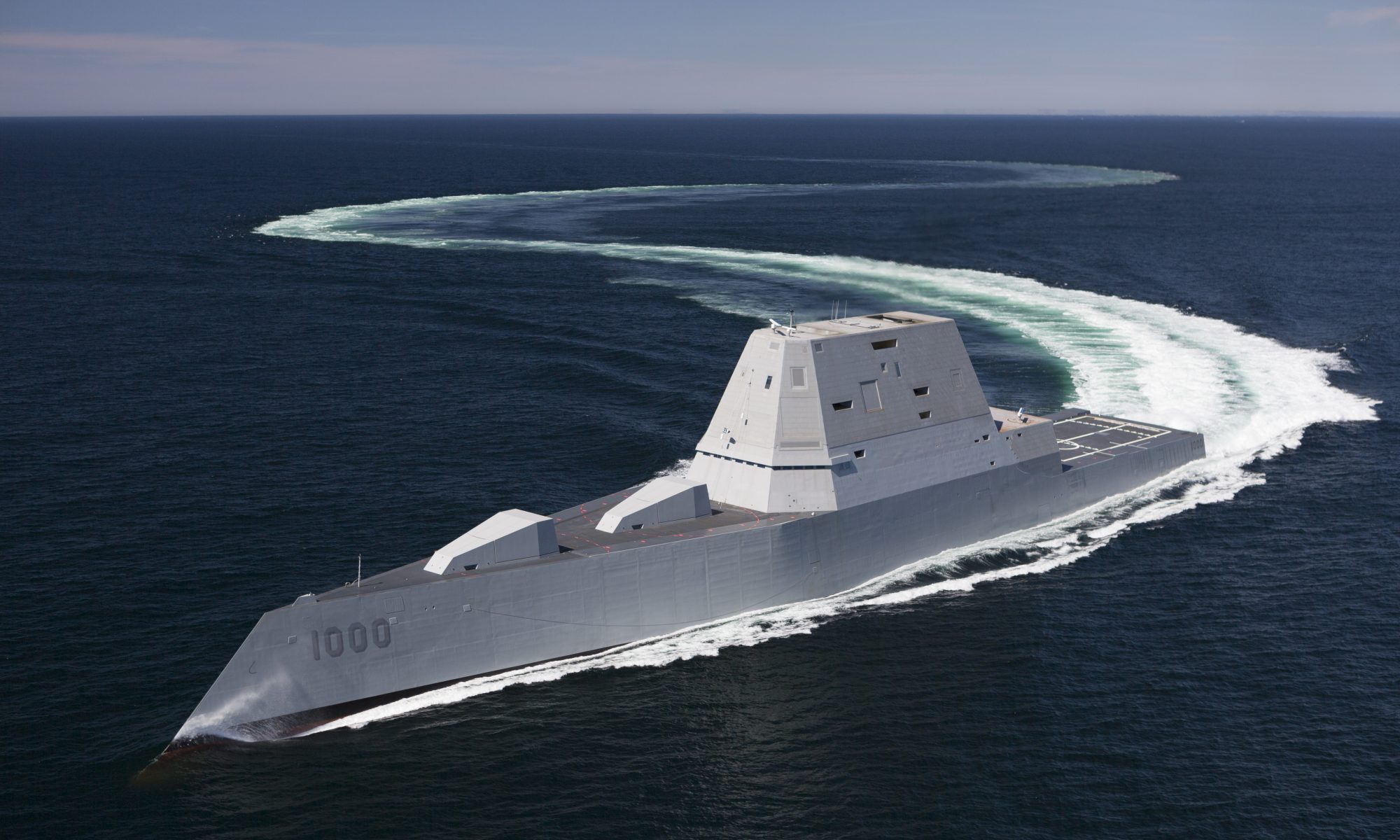INTRODUCTION This article will try to understand why China has turned to the sea, its naval growth, and if its maritime endeavors are defensive or offensive in nature. These findings will, in turn, determine if India should be concerned by China’s activities, especially in the Indian Ocean Region (IOR). This examination begins by studying China’s …
Continue reading "Dragon vs elephant (Part-3): China’s offensive naval ambitions and strategies"




